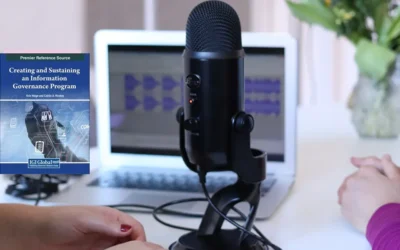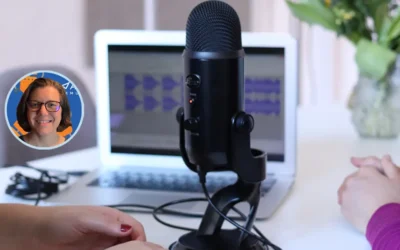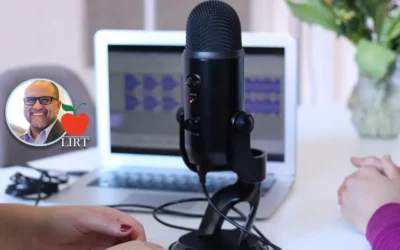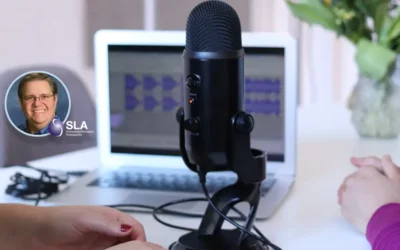Part 1: Embedded Librarians and Information Professionals—In the Thick of Things
Miriam Kahn, MLS, PhD
Embedded special librarians are contributing members of their departments or groups. They are in the thick of things, participating fully in the development of projects, integration of new services, or dissemination of materials and information throughout the organization and its clientele.
The evolution of embedded librarianship
There’s a long history of librarians and information professionals being part of departments. In academia, they were found in departmental libraries within academic departments or colleges. These professionals worked with faculty to build specialized collections that provided a solid core of specialized materials and databases, served research interests of faculty and supported the research agendas of graduate students. Specialized reference materials like dictionaries, encyclopedia, and journals were part of these collections. Librarians often provided research instruction for subject majors, and frequently worked outside the main buildings.
The same was true of special librarians and information professionals in corporations with large libraries. There were often departmental collections built and utilized by designated librarians who participated in meetings and provided for the specialized information needs of divisions or geographic regions.
At the same time, there was a trend to hire librarians who were subject experts. Their main responsibility was to acquire materials (e.g., books, journals, and online resources) for various corporate divisions and academic departments. They provided instruction on databases, resources, and discipline-specific collections. These professionals were often assigned to multiple departments depending upon the size of the organization.
In the early 2000s, there was a trend to hire “scholar” librarians—those with PhD or specialized Masters Degrees—to head special libraries and subject-specific departmental collections. The notion behind scholar librarians was they could speak to academics and specialists as peers because of their advanced and specialized credentials. They would be publishing and presenting at specialized conferences.
Characteristics of successful embedded librarians
Embedded librarians are knowledgeable in the field or subspecialty and can add context and content to discussions and projects. They are good listeners who understand what types of information other team or department members are asking for and can deliver it in a timely manner.
As department members, embedded librarians are proactive, pointing out connections between information in databases, collections, and websites. They can input information and materials so they are discoverable and teach others how to modify search strategies to retrieve data. These are just some of the ways that embedded librarians function as integral members of a department, group, or project.
Practical skills and capabilities
Embedded librarians have expertise or solid knowledge of products, databases, and ways to both input and retrieve associated data. These specialists often have subject specific Masters degrees or PhDs. Even if your information professional doesn’t have an advanced degree, s/he will have the skill to acquire, absorb, and understand the essential elements of the subject discipline. They bring their acquired academic and practical knowledge of the field to the table. Best of all, they speak the same language as the department experts, use the jargon or unique vocabulary of the specialty appropriately, AND translate or convert this language for a general user or inquirer. Their facility with subject specific terminology, key words, metadata, tagging, natural language and subject specific/specialist language means they understand the terms to use when retrieving information. Better yet, embedded librarians will suggest appropriate cataloging schema and discovery language for input of terms when describing object, files, and records—facilitating appropriate, on-target output and information query results.
Key contributors and educators
Excellent communications skills are key for embedded librarians. These professionals are excellent listeners. They don’t just nod their heads or parrot back what team members are discussing. Embedded librarians confidently contribute to the conversation and help structure useful projects. They can provide written materials that highlight the strengths of the materials in a special collection, or those which pertain to a subject. Best of all, with their specialized knowledge of how databases and records systems work, they will increase awareness of (and access to) collections of materials, e.g., digital, object, archives, print, for both internal and external users.
Summing it up
Subject savvy and knowledgeable, articulate and outgoing—embedded librarians are a boon to any special library or collection. They are active contributors to projects, well-versed in reference resources, and comfortable with information input and retrieval using specialized tools and databases that provide access to data, reports, materials and collections housed within special libraries and related organizations.
If you’re Interested in delving into the topic more deeply, below are some useful resources—and please watch for my next posts on the value and specifics of embedded special librarianship.
Shumaker, David. The embedded librarian: innovative strategies for taking knowledge where it’s needed. Medford, NJ: Information Today, Inc., 2012.
Hamilton, Buffy. Embedded librarianship: tools and practices. Chicago: ALA TechSource, 2012
Schulte, Stephanie J. “Embedded Academic Librarianship: A Review of the Literature” Evidence Based Library and Information Practice, 7(4) (2010: 122-138. https://doi.org/10.18438/B8M60D
Miriam Kahn, MLS, PhD
Similar Posts
Interview with Helge and Rookey on Information Governance Programs
Information governance is vital to organizations that want to secure and manage their data, use it to reduce risk, and view data as a protected asset.
Interview with Susannah Barnes about the SLA Data Community
Susannah Barnes is the Co-Lead of the Data Community for the Special Libraries Association. If you work with data in any capacity, this interview will be of interest to you.
Interview with Victor Baeza about ALA’s Library Instruction Round Table
Interview with Victor Baeza, President of LIRT, about how it benefits from and supports special librarians whose roles involve teaching or training.
Interview with Eugene Giudice, SLA Treasurer
Interview with SLA’s Treasurer about the future of the special library profession and how the Special Libraries Association can benefit librarians
Hosting service
Enjoy all of the benefits of your Lucidea solution with secure, reliable, stress free hosting
Programs & incentives
No matter your size or budget, we’ve got you covered, today and tomorrow



